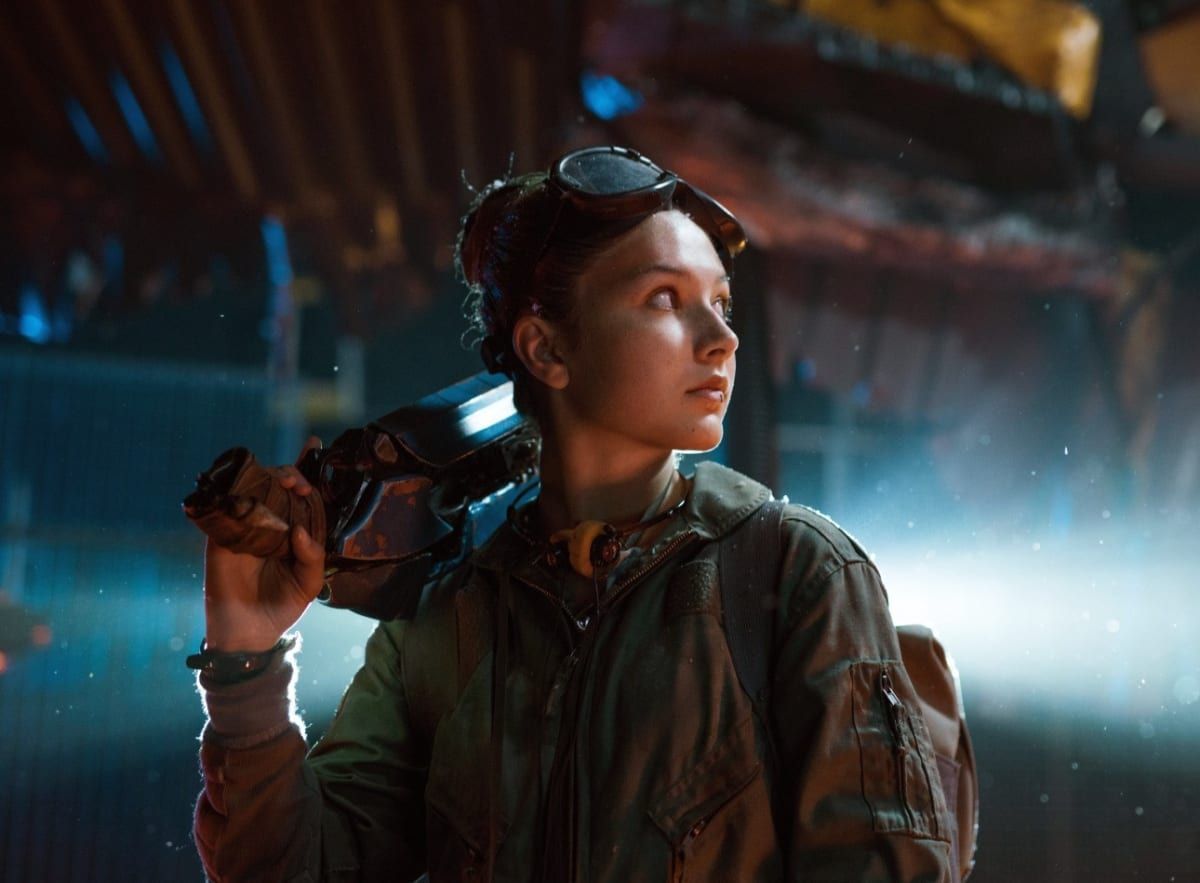A few days ago, there was a report telling us that we have about 12 years to fundamentally change how we treat our planet, or climate change will be both irreversible and catastrophic. Alone in Space never tells us outright why the Earth was dying, meaning the giant spaceship on which we find

Compact at just 83 minutes, Alone in Space divides roughly into two parts. The first half is spent with Gladys and Keaton as they go about normal life aboard Svea XIV, by themselves but for a computer that only sporadically works and speaks only Japanese. Not a lot actually happens in this section of the film, but it allows its young stars to build credible characters that we enjoy following. Inevitably it is Keaton who misses his mother, who he calls ‘Speedy’ (Aliette Opheim) more. Each morning he asks the computer to play back the same video file, of Gladys filming Speedy holding him as a baby. We learn that Speedy went out into space some time ago and hasn’t yet returned, though Gladys promises her brother that she will, soon. The close relationship between brother and sister is nicely established here and Rappaport and Fleischanderl, as well as giving appealing and convincing performances in their own right, bounce off each other well.
This convincing closeness between Gladys and Keaton also helps in the film’s second half, when Voyager’s presence threatens to be a wedge between them. Keaton, hoping that the strange noises they heard after the crash signalled that his mother was, at last, back, views the new arrival with suspicion. Again, we can see messages in here, lightly touched upon but there for those who want to explain them to the target audience, about Gladys and Keaton as refugees and about the way that we can – usually wrongly – view outsiders with an assumption that they mean us harm. Voyager, so named
Visually, Alone in Space is a bit of a mixed bag. The design is good, if not wildly original, but the disappointment is the fact that it now seems even Sweden has succumbed to the lure of making
While it’s not

